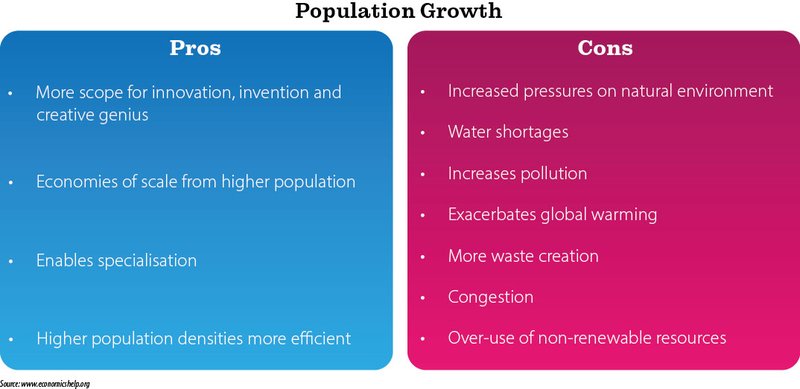
Imagine bloodworms as both the life of the party and the uninvited guest. They play crucial roles in their habitats, helping to build healthy ecosystems, but sometimes their populations can explode, causing serious problems. In this article, we’ll dive into the ecological benefits and drawbacks of bloodworm populations, exploring their significance and how they affect their environments. By the end, you’ll have a clearer understanding of these intriguing little creatures.
What Are Bloodworms?
Bloodworms, scientifically known as *Chironomus* larvae, are larval forms of non-biting midges. These tiny creatures are often mistaken for worms because of their shape, but their bright red color comes from a high concentration of hemoglobin. This unique protein helps them thrive in low-oxygen environments, such as muddy substrates in ponds or wetlands. Bloodworms can grow to about 2-3 inches long and are often found wriggling in shallow waters.
One reason they’re so fascinating is that they serve as an important food source for various animals. Fish, birds, and other aquatic organisms eagerly munch on these larvae. So in a way, bloodworms play a vital role in the food web—the circle of life, if you will. The presence of bloodworms often indicates a healthy ecosystem, signaling that the water is rich in nutrients and supports diverse life forms.
However, just like any species, bloodworms can become problematic. When conditions are right—like excess nutrients from pollution—their populations can skyrocket. This rapid increase can lead to significant ecological consequences, which we’ll explore further.
Ecological Benefits of Bloodworm Populations
Bloodworm populations bring numerous benefits to ecosystems, acting as key players in maintaining balance. Here are a few significant ecological advantages:
- Food Source: Bloodworms are a crucial source of food for many species, including fish and birds. They help support a diverse array of wildlife, which is essential for a balanced ecosystem. Without them, many fish populations—especially young ones—would struggle to find enough food.
- Nutrient Cycling: By breaking down organic matter and recycling nutrients, bloodworms contribute to soil health in wetlands. They consume decaying plant and animal matter, which helps convert it into nutrients that are then available for other organisms. This process supports plant growth and keeps ecosystems thriving.
- Indicators of Water Quality: The presence of bloodworms can indicate water quality. They thrive in moderately polluted environments, signaling that an area can support life. However, if you see an excessive amount, it might suggest nutrient overload, prompting further investigation into environmental health.
These benefits may seem like a win for bloodworms, but let’s take a look at the flip side.
Drawbacks of Bloodworm Populations
While bloodworms have a lot to offer, they can also pose significant challenges. Here are a few drawbacks associated with their populations:
- Overpopulation: When bloodworm populations spike—often due to nutrient runoff from fertilizers and sewage—they can lead to overgrazing on aquatic plants. This can deplete oxygen levels in the water, harming not just plants, but also fish and other aquatic life.
- Water Quality Issues: High bloodworm populations can be a sign of unhealthy water conditions. Increased organic matter in the water can lead to algal blooms, which consume oxygen and create dead zones for other aquatic creatures. This imbalance can cause fish kills and disrupt the food web.
- Invasive Species: In some areas, certain bloodworm species can become invasive, outcompeting native species for resources. This can lead to significant ecological shifts and a loss of biodiversity—something that nature generally doesn’t take kindly to.
It’s a tricky balance—what starts as a benefit can quickly turn into a problem if not managed properly.
The Role of Bloodworms in Aquaculture
Bloodworms have also found their niche in aquaculture. As one of the prime choices for fish feed, aquaculture operations often rely on these larvae to nourish young fish. But why are they so popular in this industry?
For starters, bloodworms are packed with protein, making them an excellent food choice for growing fish. They help fish grow faster and healthier, leading to more efficient aquaculture practices. Additionally, because they’re naturally occurring in many water bodies, they’re a sustainable option compared to other artificial feed types.
However, there are challenges. Relying heavily on bloodworms can lead to overharvesting in certain areas, which might negatively impact local ecosystems. Sustainable practices need to be in place to ensure that aquaculture doesn’t come at the cost of nature.
How to Manage Bloodworm Populations
Managing bloodworm populations is crucial to maximizing their benefits while minimizing their drawbacks. Here are some effective strategies:
- Monitoring Water Quality: Regularly testing water for nutrient levels is essential. By addressing nutrient pollution from fertilizers or sewage, we can help control bloodworm populations and maintain a balanced ecosystem.
- Promoting Biodiversity: Encouraging the growth of a variety of aquatic plants can help balance bloodworm populations. Plants provide habitat for other species that can keep bloodworm numbers in check.
- Controlled Harvesting: If bloodworms are harvested for aquaculture, it’s vital to do so sustainably. This means harvesting only what’s necessary and allowing populations to recover in their natural habitats.
By implementing these strategies, we can enjoy the ecological benefits bloodworms provide while minimizing potential drawbacks.
Bloodworms might be small in size, but their ecological impact is anything but minor. They offer significant benefits, acting as a vital food source and playing a role in nutrient cycling within aquatic ecosystems. However, with those benefits come serious drawbacks when populations grow uncontrollably.
Understanding the delicate balance of bloodworm populations is essential for maintaining healthy ecosystems. By monitoring water quality, promoting biodiversity, and managing harvesting practices, we can harness their ecological advantages while mitigating the drawbacks. So, the next time you hear about bloodworms, you’ll not only know what they are but appreciate their role in the great web of life.
